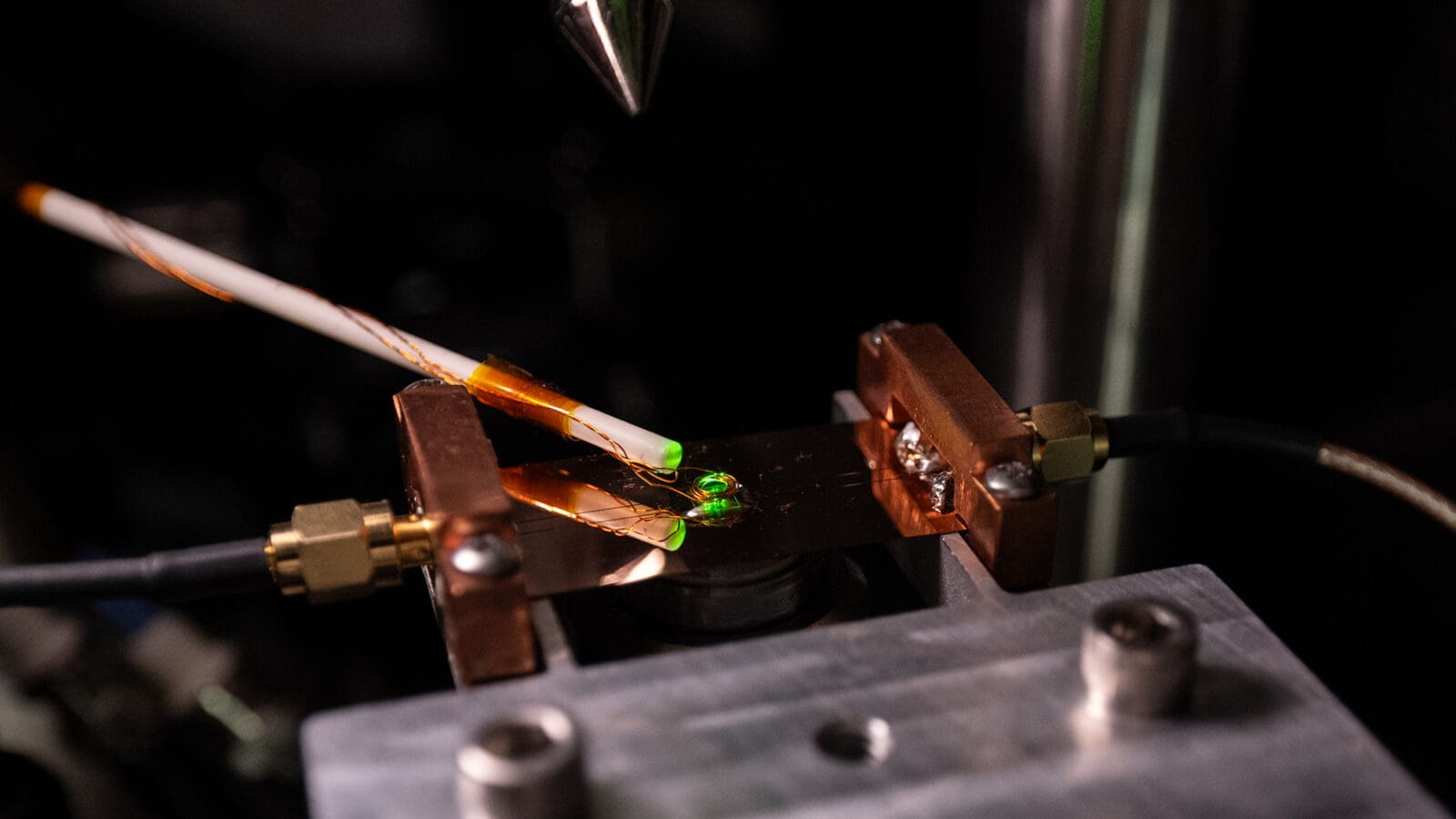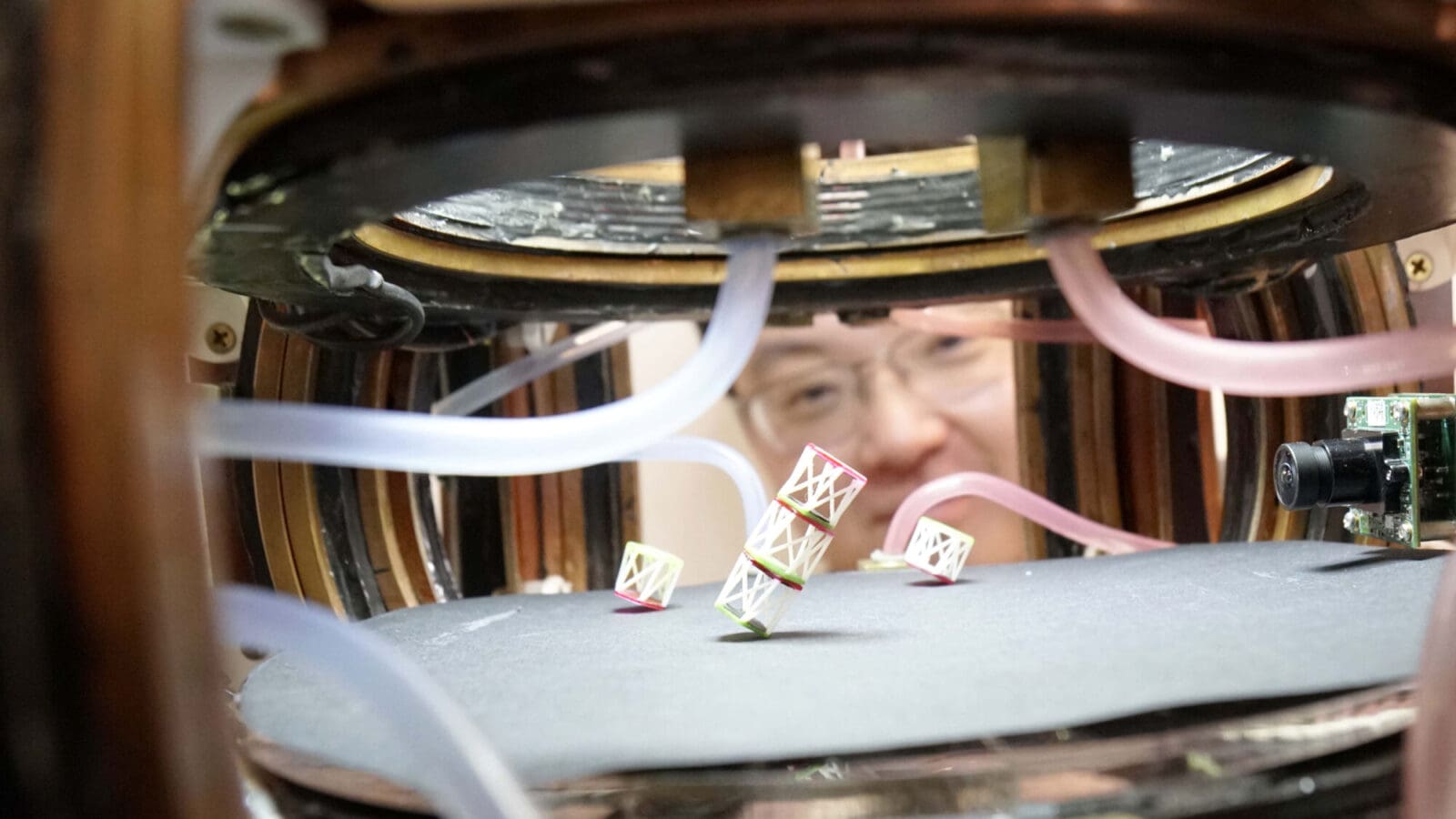
New rules illuminate how objects absorb and emit light
By
on
The discovery solves a longstanding problem of scale, where light’s behavior when interacting with tiny objects violates well-established physical constraints observed at larger scales.
“The kinds of effects you get for very small objects are different from the effects you get from very large objects,” said Sean Molesky, a postdoctoral researcher in electrical engineering and the study’s first author. The difference can be observed in moving from a molecule to a grain of sand. “You can’t simultaneously describe both things,” he said.
The problem stems from light’s famous shapeshifting nature. For ordinary objects, light’s movement can be described by straight lines, or rays. But for microscopic objects, light’s wave properties take over and the neat rules of ray optics break down. The effects are significant. In important modern materials, observations at the micron scale showed infrared light radiating at millions of times more energy per unit area than ray optics predicts.
The new rules, published in Physical Review Letters on Dec. 20, tell scientists how much infrared light an object of any scale can be expected to absorb or emit, resolving a decades-old discrepancy between big and small. The work extends a 19th-century concept, known as a blackbody, into a useful modern context. Blackbodies are idealized objects that absorb and emit light with maximum efficiency.
“There’s been a lot of research done to try to understand in practice, for a given material, how one can approach these blackbody limits,” said Alejandro Rodriguez, an associate professor of electrical engineering and the study’s principal investigator. “How can we make a perfect absorber? A perfect emitter?”
“It’s a very old problem that many physicists – including Planck, Einstein and Boltzmann – tackled early on and laid the foundations for the development of quantum mechanics.”
A large body of previous work has shown that structuring objects with nanoscale features can enhance absorption and emission, effectively trapping photons in a tiny hall of mirrors. But no one had defined the fundamental limits of the possible, leaving open major questions about how to assess a design.
No longer confined to brute-force trial and error, the new level of control will allow engineers to optimize designs mathematically for a wide range of future applications. The work is especially important in technologies like solar panels, optical circuits and quantum computers.
Currently, the team’s findings are specific to thermal sources of light, like the sun or like an incandescent bulb. But the researchers hope to generalize the work further to agree with other light sources, like LEDs, fireflies, or arcing bolts of electricity.
The research was supported in part by the National Science Foundation, the Cornell Center for Materials Research, the Defense Advanced Research Projects Agency and the National Science and Engineering Research Council of Canada.







